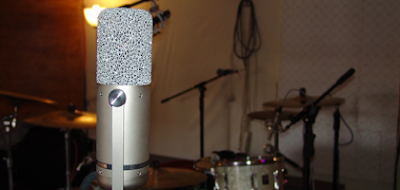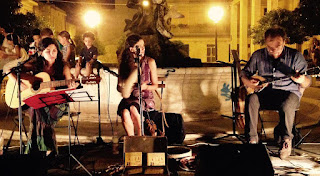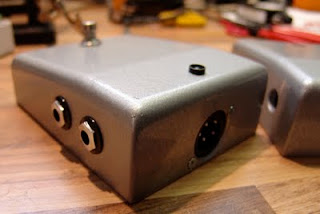Tag: recording
Beebs in action: Aria ca Spira by Cordasicula
Thanks to Saro Tribastone for sharing his band Cordasicula‘s new album Aria ca Spira.
Cordasicula come from south-east Sicily and are inspired by the traditional music of their own island, as well as the southern Italian regions of Calabria, Campania and Puglia.
Saro explained to me that “all these styles, mainly defined by their rhythm, are coming from those areas where 2500 years ago we had Greek people living there, globally known as Magna Grecia (Big Greece).” Their songs are a mixture of original compositions with some traditional tunes, and collectively they have a beautiful, haunting and slightly melancholic quality.
Many of the instruments were recorded with one of our customised Reslo ‘Beeb’ ribbon microphones. The Beeb was used to record the Greek Tzouras, violin, cello, double bass and Battente guitar for the album. For those who like technical details, they were tracked through a DAV BG1 preamp and Mytek Stereo 192 ADC converter. It is nice to hear the Beeb working so well with these traditional acoustic instruments. Here is a photo of the Pier Paolo Alberghini playing double bass, with the Beeb microphone up close to the sound hole.
Marilena Fede’s voice was recorded with an AKG C414B, again using a DAV BG1 preamplifier.
Saro has kindly allowed us to share the Spotify playlist for the album, which should appear below.
Beebs in Action: Majetone calfskin drum heads
I have said many times before that we have fantastic, creative customers, and it is always nice when someone takes the time to share what they are doing. Sometimes their stories are amazing!
Here’s a video clip of James playing his drums and skins, recorded using two of our Reslo ‘Beeb’ microphones as top & side mics in a Glyn Johns arrangement, along with a CAD M179 in cardioid in front of the kick drum.
I think these really do sound fantastic, with a classic yet contemporary tone. I could imagine these sliding very easily into a mix without need for much processing.
Direct Inject!
My friends in The Savoy Ballroom needed some stage DI boxes for their numerous acoustic instruments. They wanted to be able to mute the signal whilst tuning up or switching instruments, so I build these nice little boxes for them.
They are based on Bo Hansen’s easy to make design, but with added bells and whistles – well, a switch, a lamp and an extra output.
Job done – now back to recording!
Recording with the Josephson C720








